
How to Use LED: Examples, Pinouts, and Specs
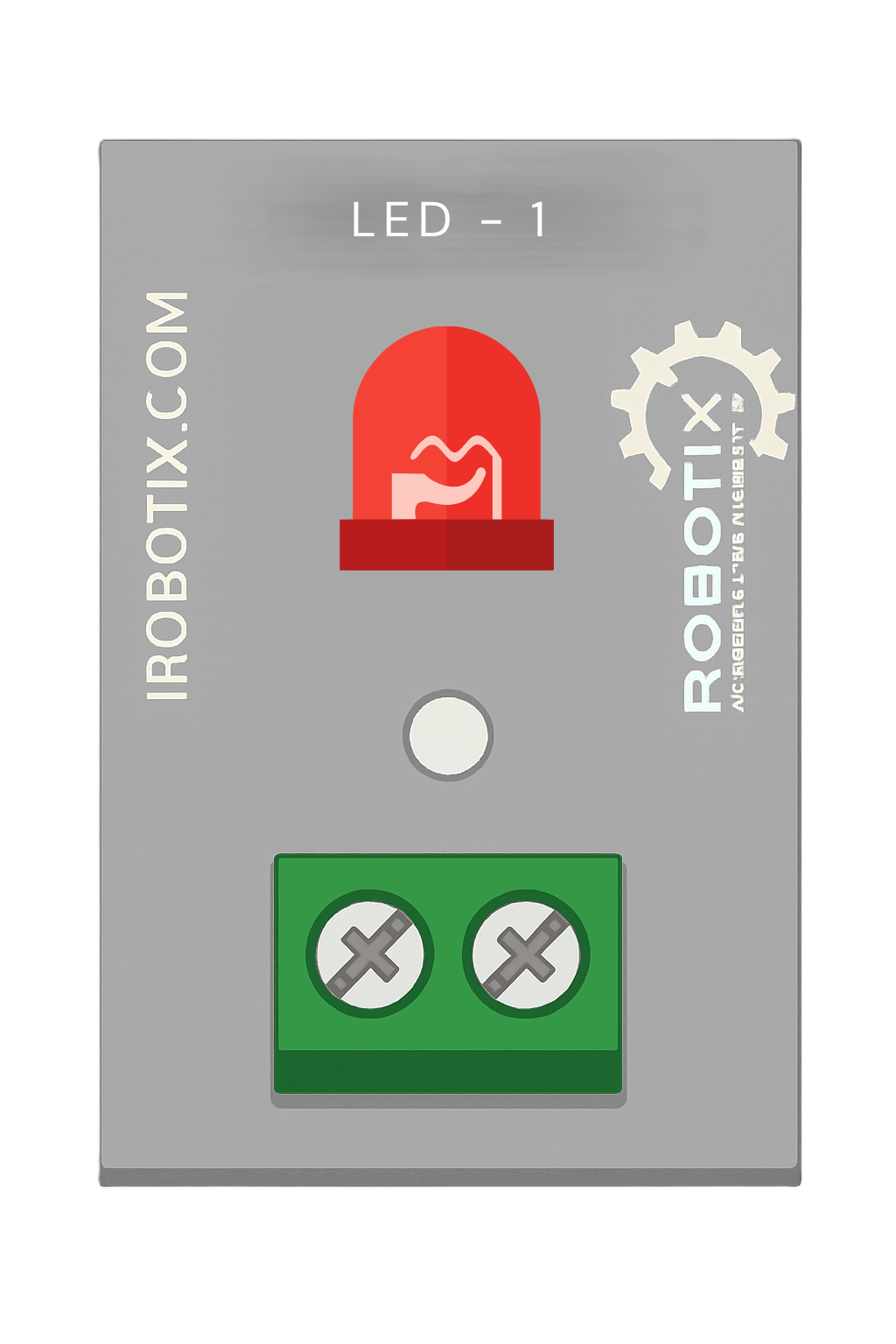
 Design with LED in Cirkit Designer
Design with LED in Cirkit DesignerIntroduction
A Light Emitting Diode (LED) is a semiconductor device that emits light when an electric current passes through it. Manufactured by Anand with the part ID LED-1, this component is energy-efficient, has a long lifespan, and is widely used in various applications. LEDs are available in different colors, sizes, and brightness levels, making them versatile for numerous use cases.
Explore Projects Built with LED
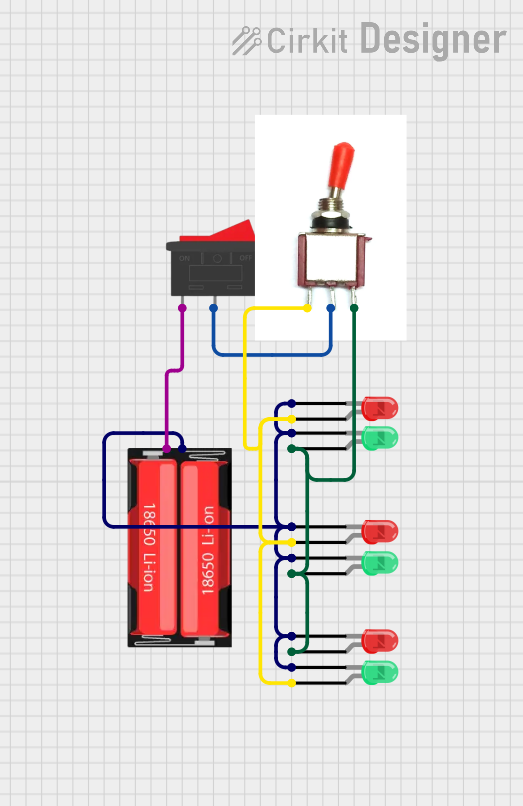
 Open Project in Cirkit Designer
Open Project in Cirkit Designer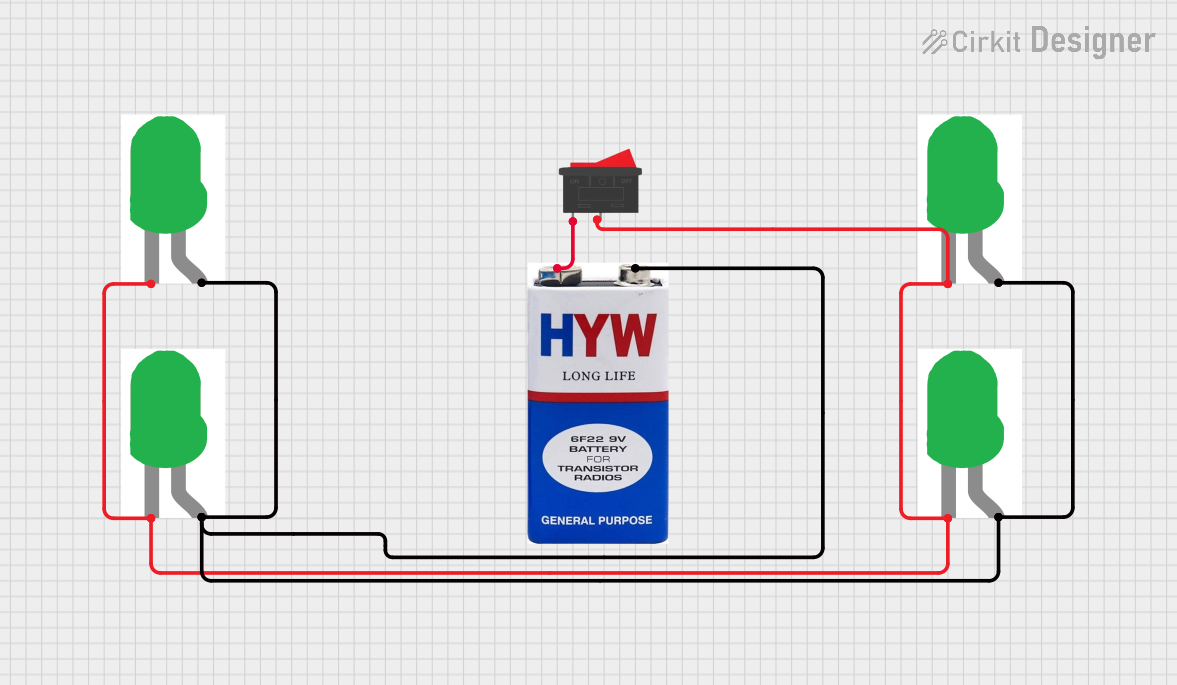
 Open Project in Cirkit Designer
Open Project in Cirkit Designer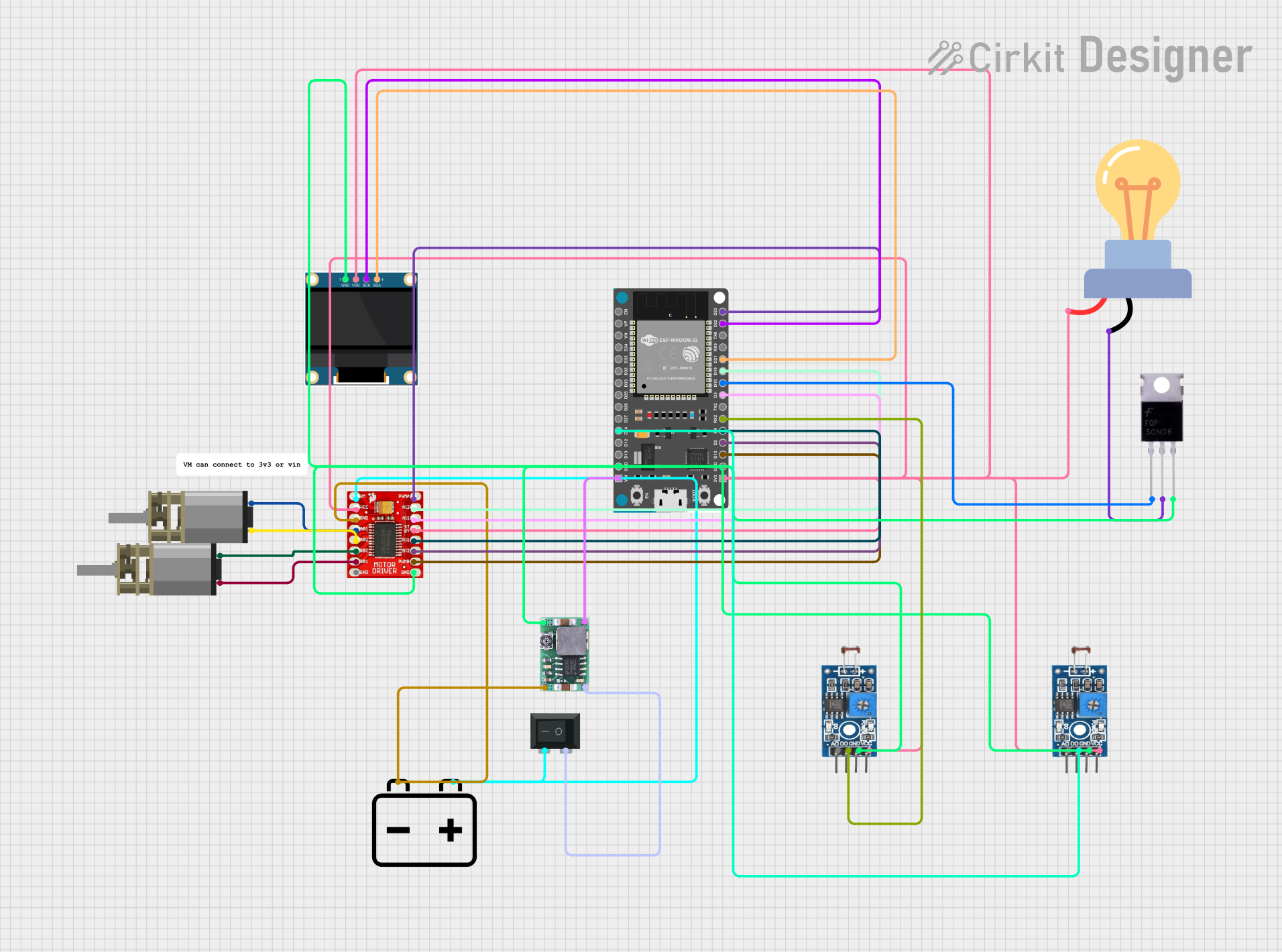
 Open Project in Cirkit Designer
Open Project in Cirkit Designer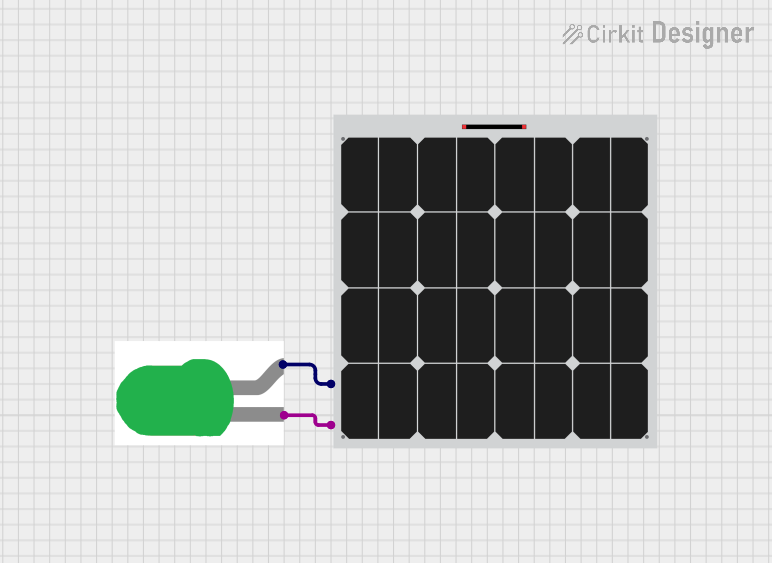
 Open Project in Cirkit Designer
Open Project in Cirkit DesignerExplore Projects Built with LED

 Open Project in Cirkit Designer
Open Project in Cirkit Designer
 Open Project in Cirkit Designer
Open Project in Cirkit Designer
 Open Project in Cirkit Designer
Open Project in Cirkit Designer
 Open Project in Cirkit Designer
Open Project in Cirkit DesignerCommon Applications and Use Cases
- Indicators: Power status, signal indicators, and notifications.
- Displays: Seven-segment displays, dot matrices, and backlighting.
- Lighting: General-purpose lighting, decorative lighting, and flashlights.
- Optoelectronics: Infrared LEDs for remote controls and sensors.
Technical Specifications
Below are the key technical details for the Anand LED-1:
| Parameter | Value |
|---|---|
| Forward Voltage (Vf) | 2.0V to 3.3V (varies by color) |
| Forward Current (If) | 20mA (typical) |
| Maximum Current (Ifmax) | 30mA |
| Power Dissipation | 60mW |
| Wavelength (Color) | Red: 620-750nm, Green: 495-570nm, Blue: 450-495nm |
| Viewing Angle | 20° to 60° |
| Operating Temperature | -40°C to +85°C |
| Lifespan | >50,000 hours |
Pin Configuration and Descriptions
The LED has two pins:
| Pin Name | Description |
|---|---|
| Anode (+) | Positive terminal; connect to the positive voltage. |
| Cathode (-) | Negative terminal; connect to ground. |
Note: The longer leg of the LED is typically the anode, and the shorter leg is the cathode. If the legs are trimmed, the flat edge on the LED casing indicates the cathode.
Usage Instructions
How to Use the LED in a Circuit
Determine the Resistor Value: To prevent damage, always use a current-limiting resistor in series with the LED. Calculate the resistor value using Ohm's Law: [ R = \frac{V_{supply} - V_f}{I_f} ] Where:
- (V_{supply}) is the supply voltage.
- (V_f) is the forward voltage of the LED.
- (I_f) is the desired forward current (typically 20mA).
Connect the LED:
- Connect the anode to the positive voltage through the resistor.
- Connect the cathode to ground.
Test the Circuit: Power the circuit and verify that the LED lights up.
Important Considerations and Best Practices
- Polarity: LEDs are polarized components. Reversing the polarity may damage the LED.
- Current Limiting: Always use a resistor to limit the current and prevent overheating.
- Brightness Control: Use Pulse Width Modulation (PWM) to adjust brightness.
- Heat Management: For high-power LEDs, ensure proper heat dissipation.
Example: Connecting an LED to an Arduino UNO
Below is an example of how to connect and control an LED using an Arduino UNO:
Circuit Diagram
- Connect the anode of the LED to digital pin 9 on the Arduino through a 220Ω resistor.
- Connect the cathode of the LED to the Arduino's GND pin.
Arduino Code
// LED Blink Example
// This code blinks an LED connected to pin 9 of the Arduino UNO.
const int ledPin = 9; // Define the pin connected to the LED
void setup() {
pinMode(ledPin, OUTPUT); // Set the LED pin as an output
}
void loop() {
digitalWrite(ledPin, HIGH); // Turn the LED on
delay(1000); // Wait for 1 second
digitalWrite(ledPin, LOW); // Turn the LED off
delay(1000); // Wait for 1 second
}
Troubleshooting and FAQs
Common Issues and Solutions
LED Does Not Light Up:
Cause: Incorrect polarity.
Solution: Ensure the anode is connected to the positive voltage and the cathode to ground.
Cause: No current-limiting resistor or incorrect resistor value.
Solution: Use a resistor with the correct value as calculated.
LED is Dim:
- Cause: Insufficient current.
- Solution: Check the resistor value and ensure the supply voltage is adequate.
LED Burns Out Quickly:
- Cause: Excessive current.
- Solution: Use a proper current-limiting resistor and verify the circuit design.
Flickering LED:
- Cause: Unstable power supply or loose connections.
- Solution: Check the power source and ensure all connections are secure.
FAQs
Q: Can I connect an LED directly to a battery?
A: No, always use a current-limiting resistor to prevent damage to the LED.Q: How do I choose the right resistor for my LED?
A: Use the formula (R = \frac{V_{supply} - V_f}{I_f}) to calculate the resistor value.Q: Can I use an LED with an AC power source?
A: LEDs are designed for DC operation. Use a rectifier circuit to convert AC to DC.Q: How do I know the color of an LED?
A: The color is determined by the wavelength, which is typically specified in the datasheet.
This documentation provides all the necessary details to effectively use the Anand LED-1 in your projects.